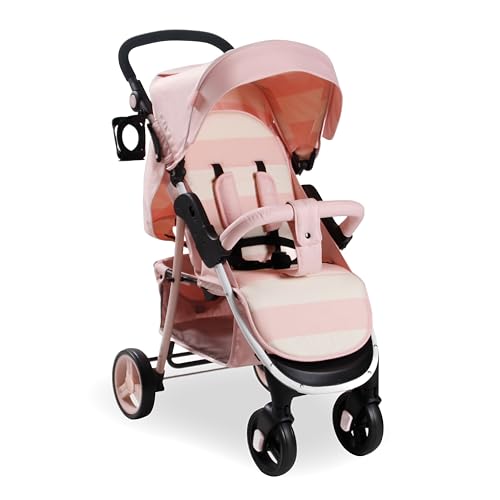What to Look For in a Running Pram
A running pram is a type of stroller that is designed to handle higher speeds and may offer wheel suspension for more comfort for babies. They have a front wheel that can be locked into place to ensure safety, and a hand brake for more control.
Most pelvic floor physical therapists suggest that babies be nine months old prior to starting buggy running. Every child is different.
Safety first
Participating with your baby in your exercise habits can be an enjoyable experience, but it's crucial to put safety first. Choose safe, quiet roads and wide, well-paved paths. Keep to the daytime hours when your baby is the most content. It is recommended to plan your run around the time of their meals. why not try here can be irritable when they are full, so you want to make sure that everything goes smoothly. Essential features such as a 5-point harness and a handbrake will keep your baby secure while you jog and help to keep your control, especially when you're running at a high speed and you may need to swiftly stop.
Running prams are a fantastic option for parents who appreciate a good cardio workout. Double the calorie-burning outdoors exercise and the precious bonding time and you'll feel motivated to keep going even as your child gets bigger. You might be tempted to compare your jogging speed alone with your jogging pace, but keep in mind that pushing a baby along with their gear puts more stress on your legs. If you're planning to push yourself harder look into purchasing a specialized pram for jogging that has air-filled tyres that offer shock absorption and smooth the bumps.
Stability
Stability is essential when you're running with a baby in the pram. It's for your enjoyment as well as your child's safety. Choose a stable and dependable pram with big wheels that can roll across all surfaces and absorbing the force of bumps, as well as a locking front wheel that can improve maneuverability at higher speeds. Choose a model that has air-filled tyres to keep the pressure high and reduce the chance of punctures.
The ideal pram will allow you to maintain a natural running posture without stooping over or leaning too far back which can lead to discomfort and pain. It's also essential to find a good balance between pushing hard and slowing down so you do not put too much strain on your hips, knees or back.
Pick a model that comes with adjustable handlebars for your height, to improve your comfort and safety. This will stop you from having to kneel down during your run, and also ensure that your wrists aren't too stressed.

There's no one-size-fits-all answer for when your baby will be ready to 'graduate' from the pram, however, involving them in exercise at a young age can give them a sense of independence and set the foundations for an active and healthy lifestyle. It's a wonderful opportunity to spend time with your child and introduce them to being outdoors.
Speed
The best running prams provide a smooth and stable ride at a steady speed. They usually have a swivel front wheel that enables easy maneuvering around town or for daily use however they can be locked into a fixed location to ensure safety when traveling at a high speed. The rear wheels are usually equipped with suspension and are oversized to minimize impact and smooth out bumps. They should also be constructed from a strong and puncture-resistant material.
It can be a wonderful feeling to watch your child get active and running can aid them in maintaining an active life for the rest of their lives. But, it's important to keep in mind that running with a pram is different from running alone and while you may be able to run long runs at a similar speed but your endurance is likely to decrease and your child might become overwhelmed.
We suggest that you limit your jogging time until your child feels at ease in the stroller that jogs. Some babies might be able to handle more distances prior to this, but we'd advise seeking advice from your family doctor or paediatrician to ensure that your child is ready for such a strenuous exercise. Also, if you're planning to push your baby uphill then it's best to graduate to this once you have a good amount of time on flat surfaces at a fast speed. You may also want to think about getting an all-terrain stroller with wide, high traction tyres that allow you to overcome obstacles like roots, gravel and other natural obstacles.
Comfort
You'll also want to ensure that your child is as comfortable as you can. This could include a suspension system to take the impact away and reduce bumps or air-filled rubber tyres which give the same feel as your bike tyres without running the risk of punctures.
The best time to go for your runs will also benefit your baby, as they are typically most content after a feed or a nap. It's also worth thinking about the type of surface you'll be running on - damaged pathways can be a nightmare for new pram runners, while smooth surfaces are much easier to navigate with a greater speed.
Running prams are an excellent way to stay fit and bring your child along on your favorite adventures. Many feature flexible designs that can convert between a running pram, a regular pram, and bike trailer so you can take your child on family outings as they develop. But remember that incorporating your child into physical activity isn't just about improving their health and well-being but also fostering their independence and giving them the confidence to explore the outdoors on their own.
